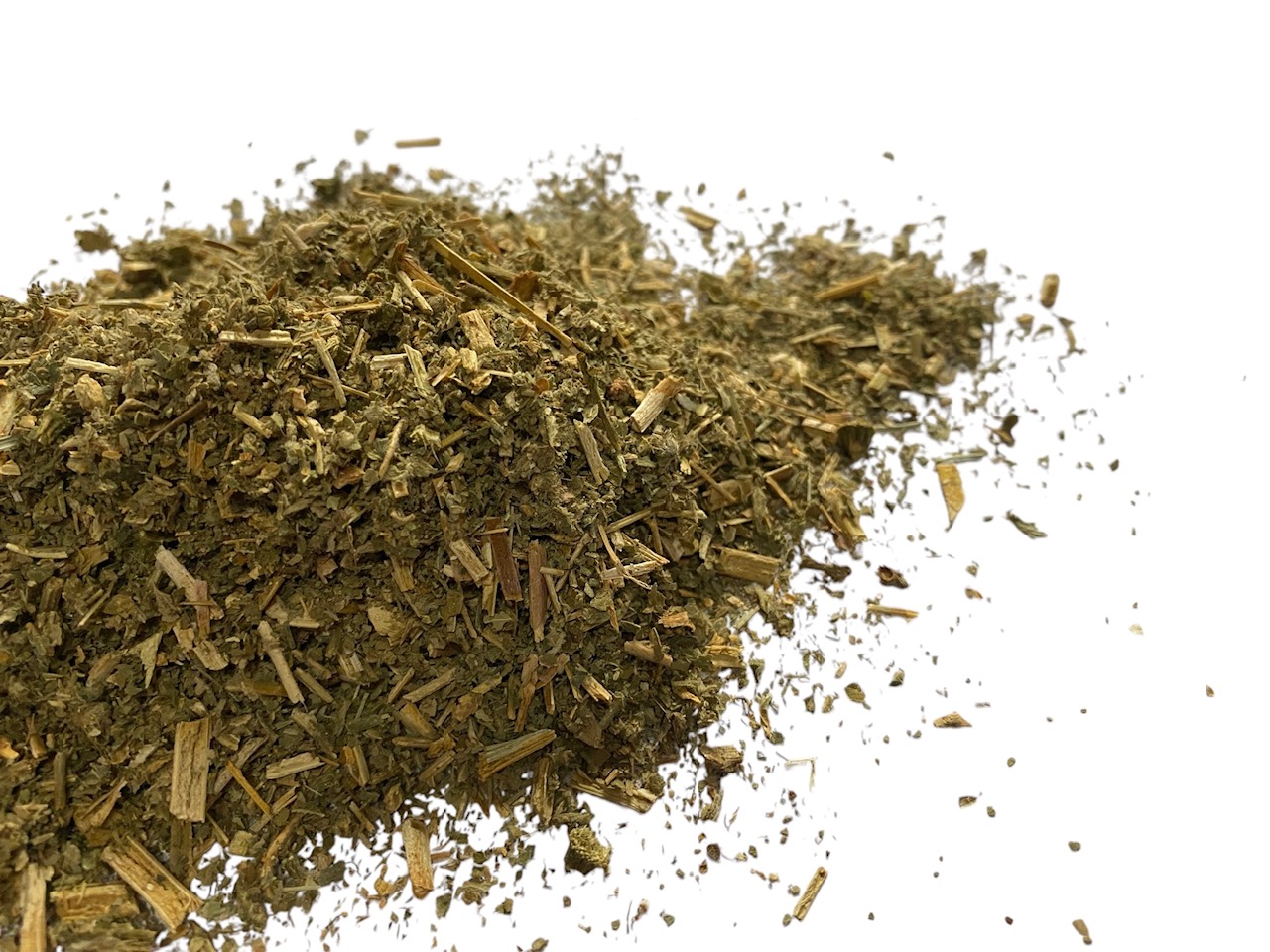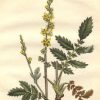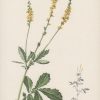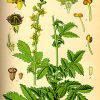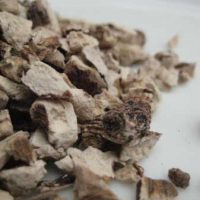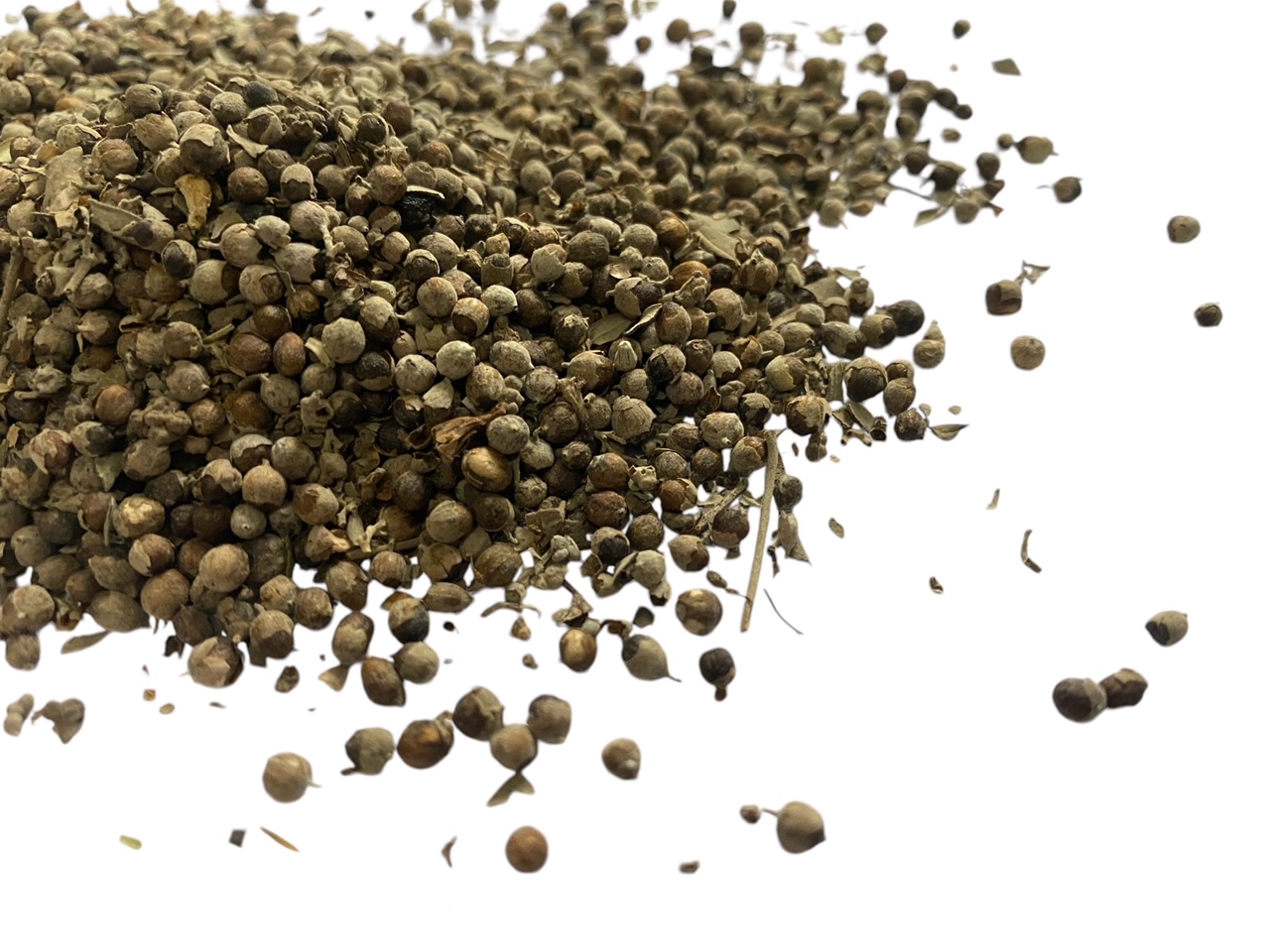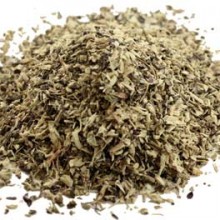Agrimony (Agrimonia Eupatoria) has no real common usage nowdays but in traditional herbal medicine it holds a high regard. It is variously known as Church Steeples, Sticklewort, Cocklebur, Garclive, Egrimoyne, and has a varied set of reasonably well documented uses.
The plant grows wild throughout Europe and the North American continent. It is a hardy perennial found mostly in woodland. Its stems grow to around 2 feet in length and end in a yellow flowered spike. Both leaves and flowers will exude a faint aromatic scent if crushed which is retained when the herb is dried. It yields a yellow dye which is faint if harvested during Spring and much stronger yellow if late harvesting takes place.
Traditional Uses for Agrimony Herb:-
It is considered to be very useful in the treatment of loosened bowel action and as an aid in recovery from fever and winter colds. It contains around 5% tannin. As an infusion it is used to purify the blood and some have used it to aid in dieting.
Agrimony has an astringent action and is used in alternative medicine as a mouthwash and is applied externally in the form of a lotion to minor sores and ulcers. Agrimony has also been documented as a strong decoction, to cure blemishes, and pimples.
History:-
The name Agrimony is from Argemone, a word given by the Greeks to plants which were healing to the eyes, the name Eupatoria refers to Mithridates Eupator, a king who was a renowned concoctor of herbal remedies.

